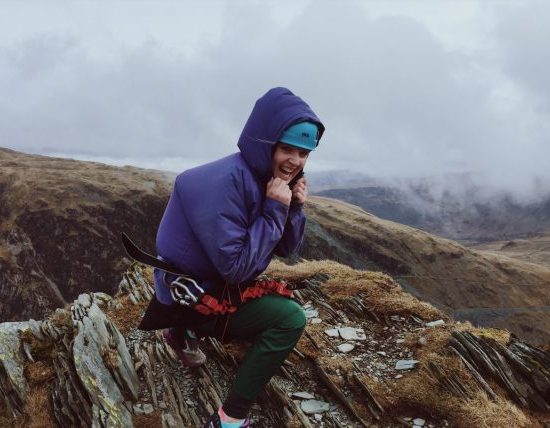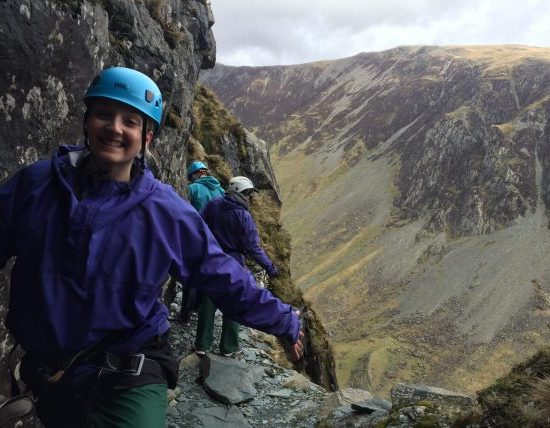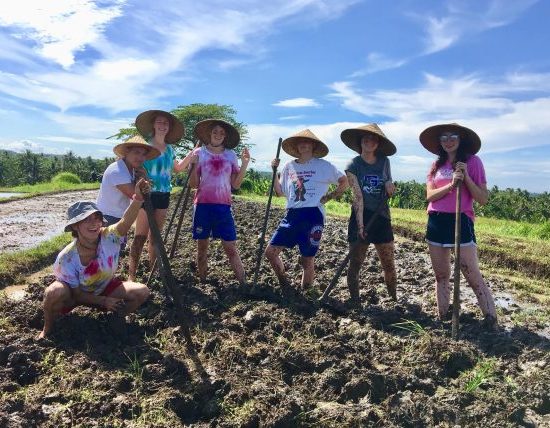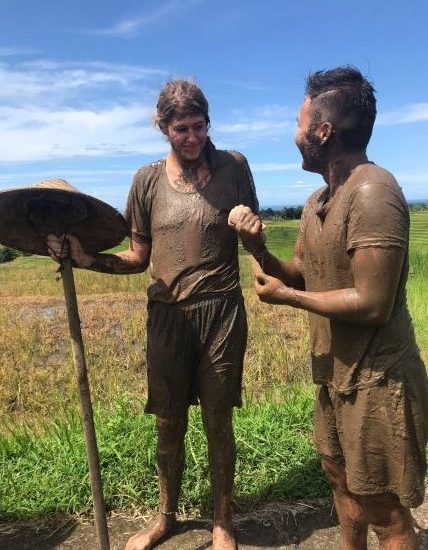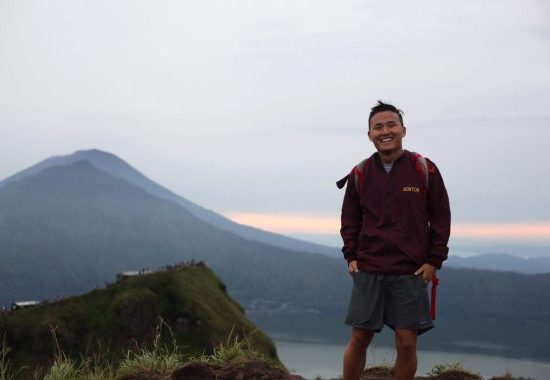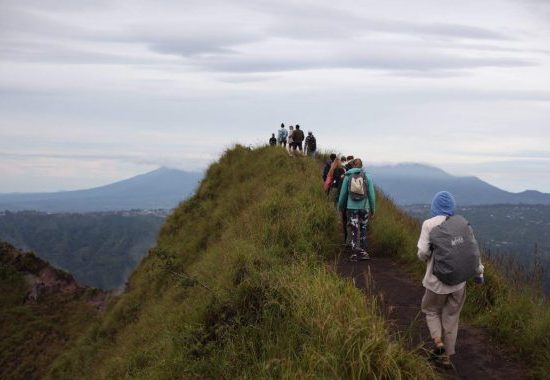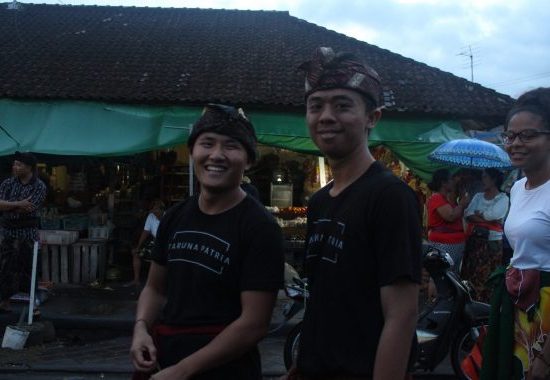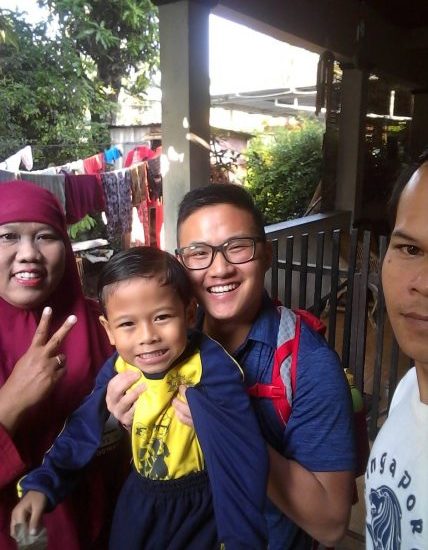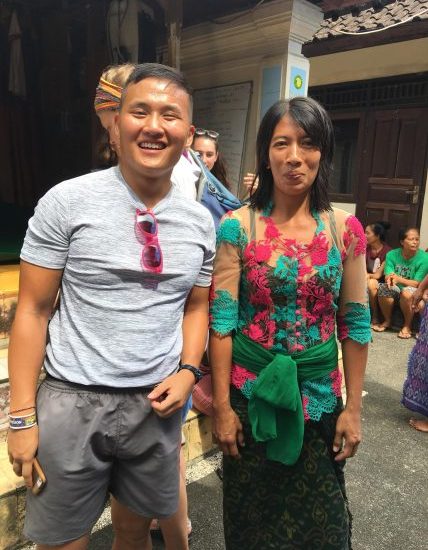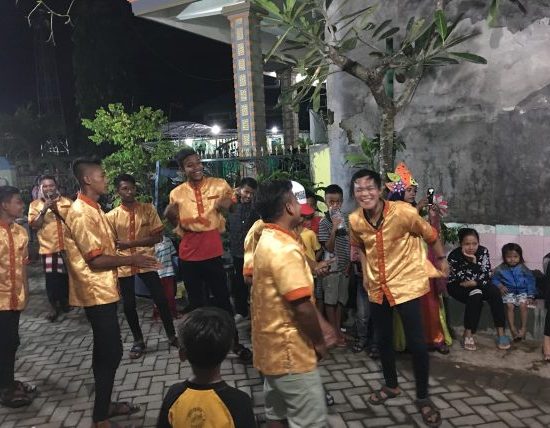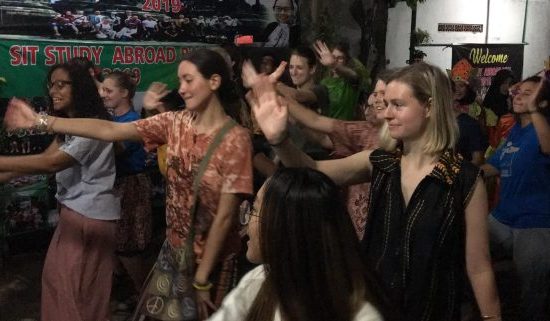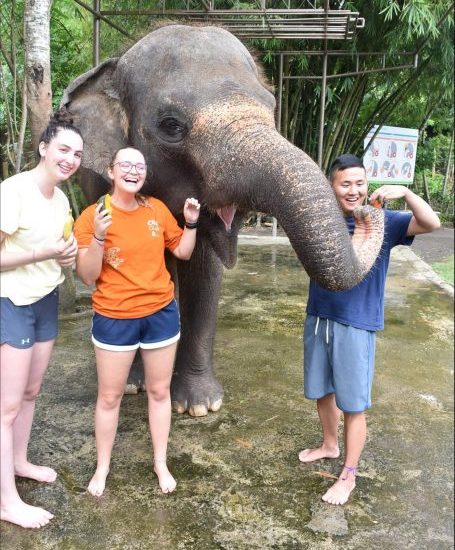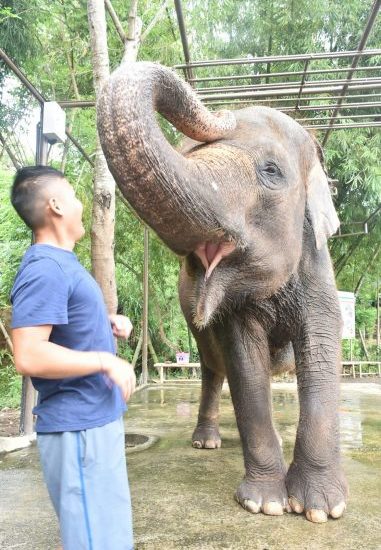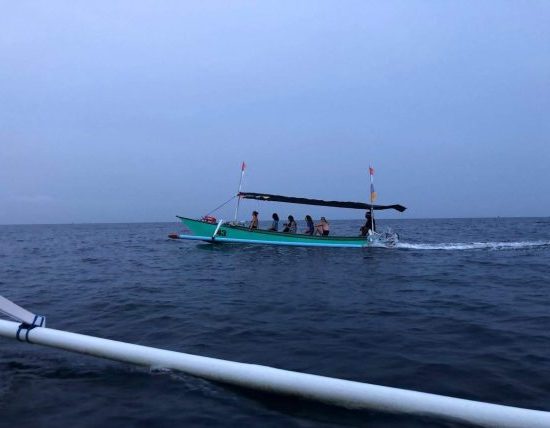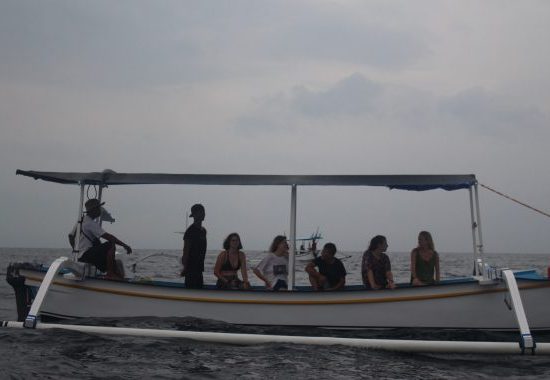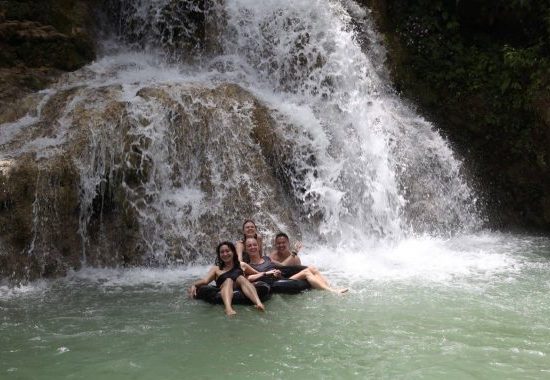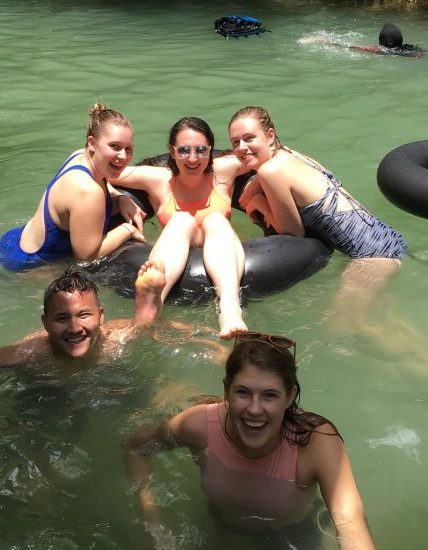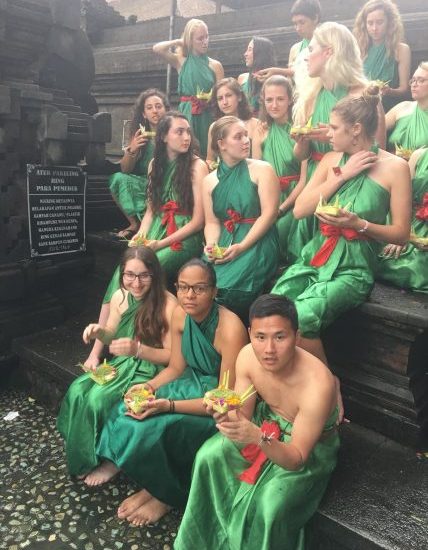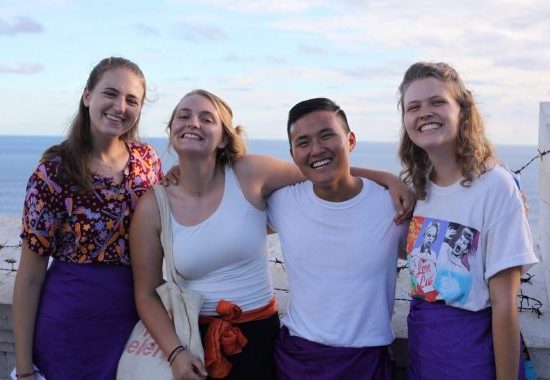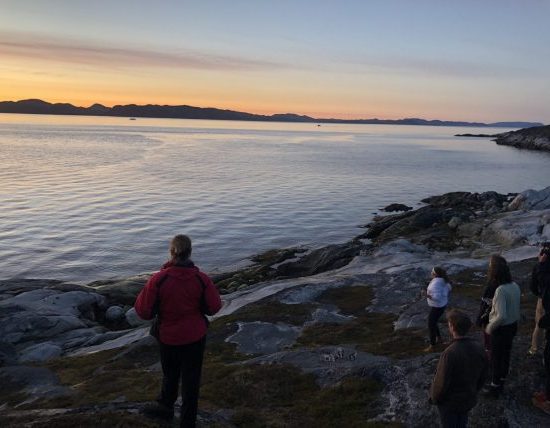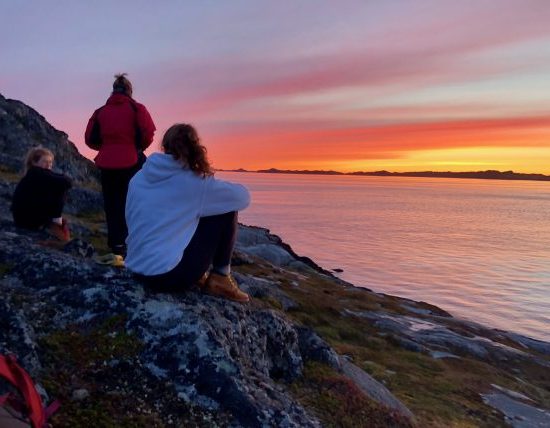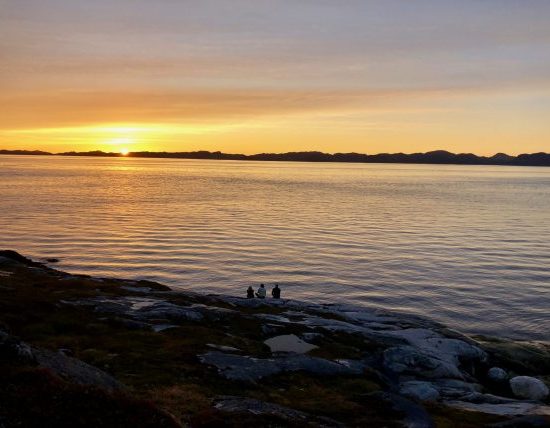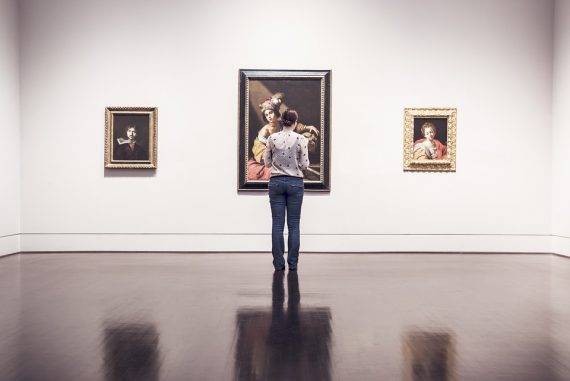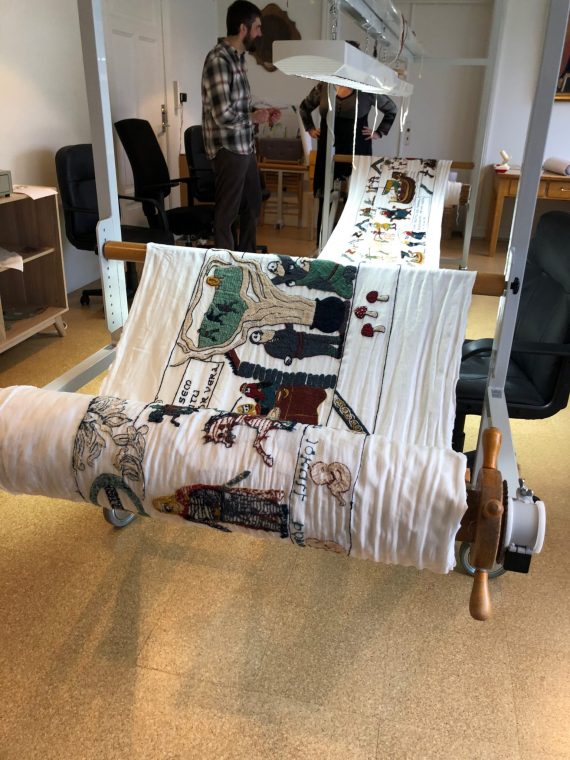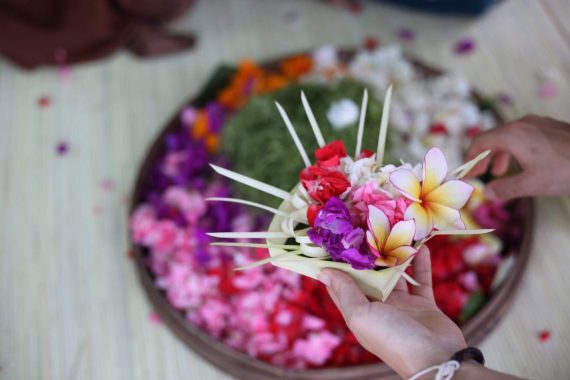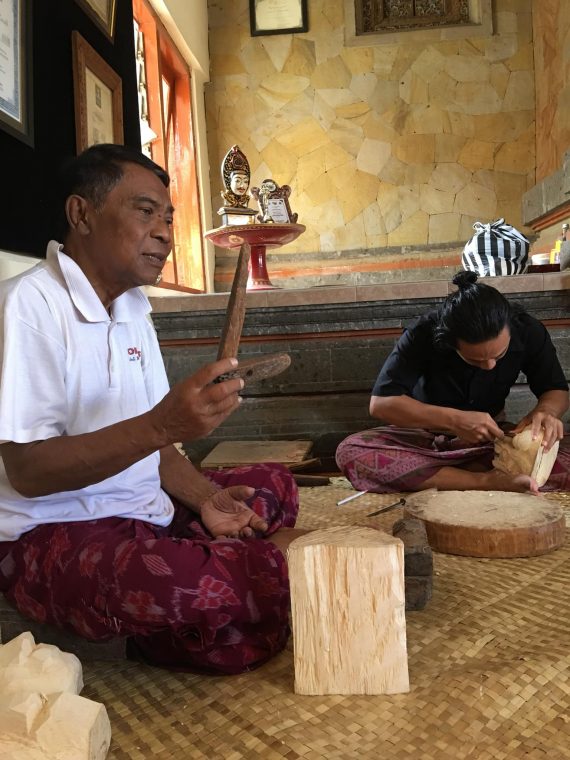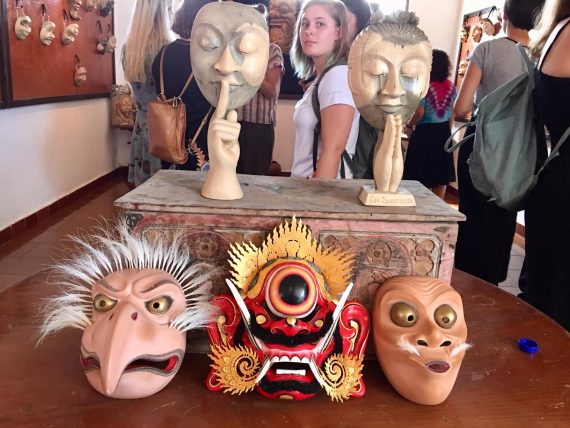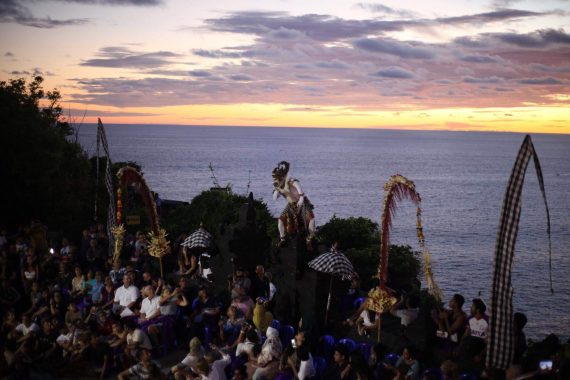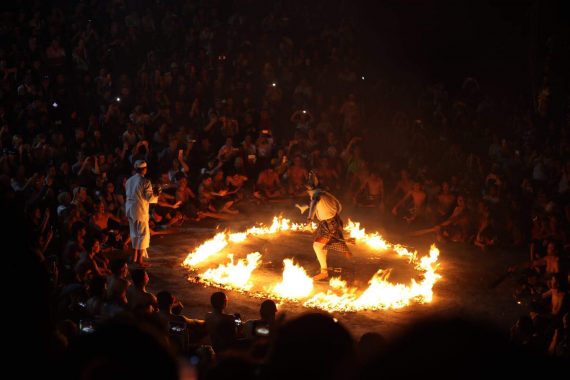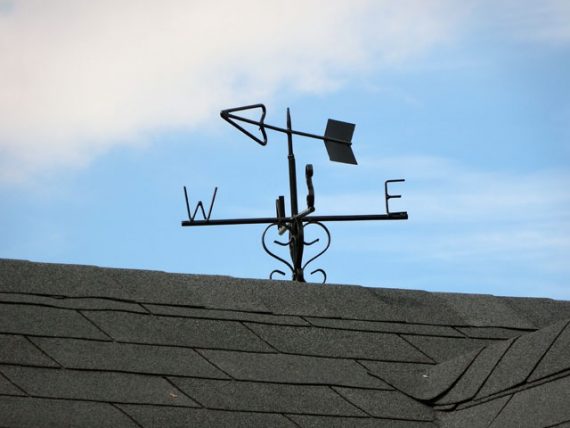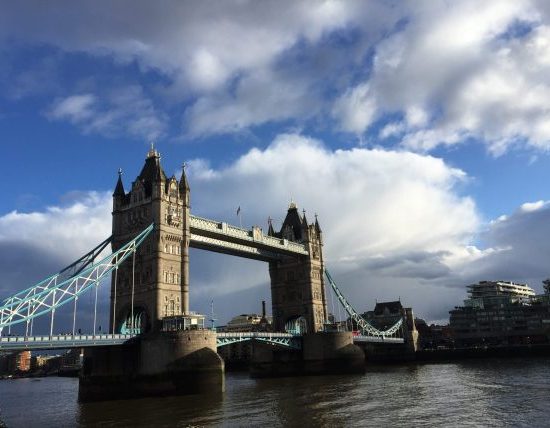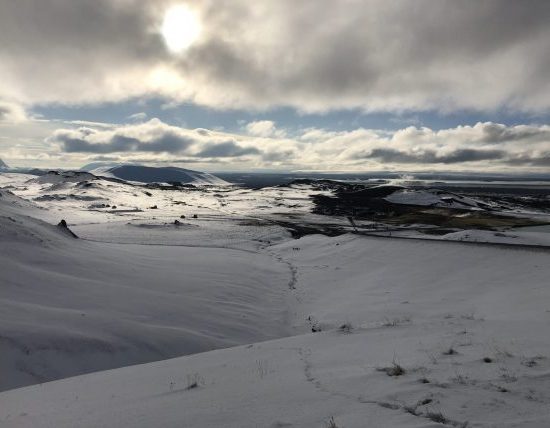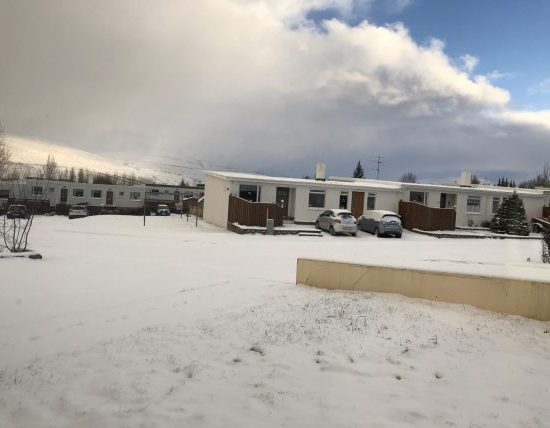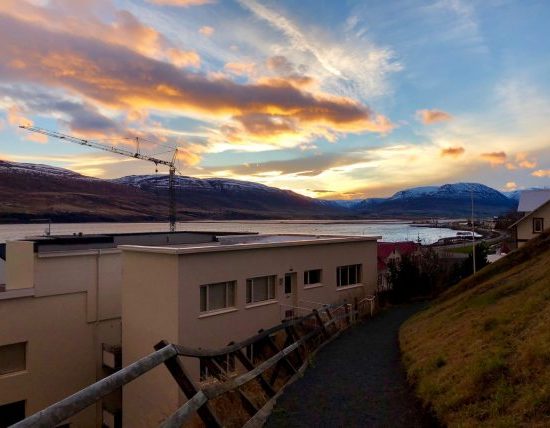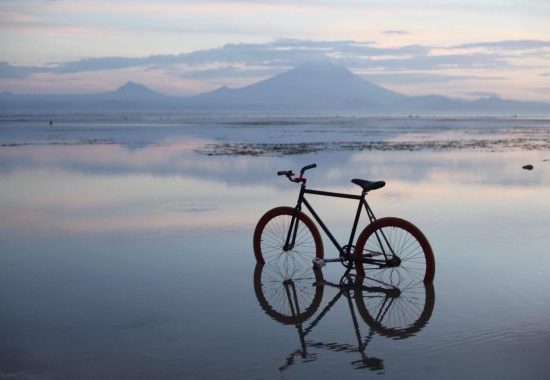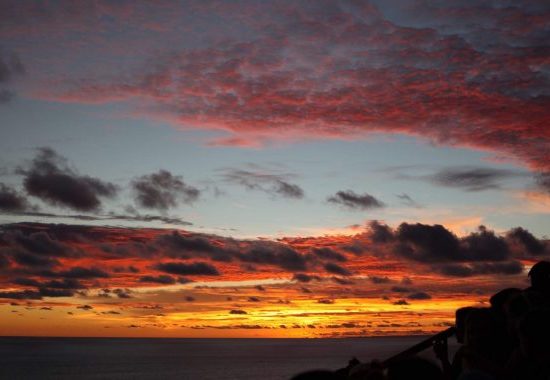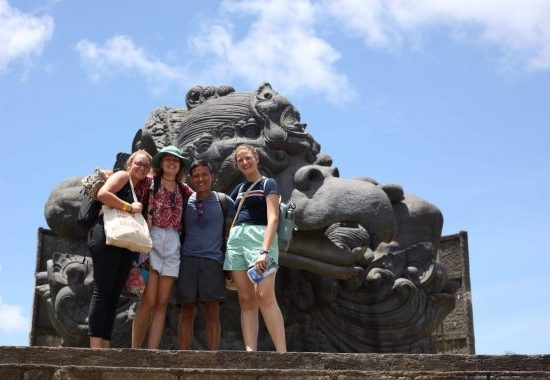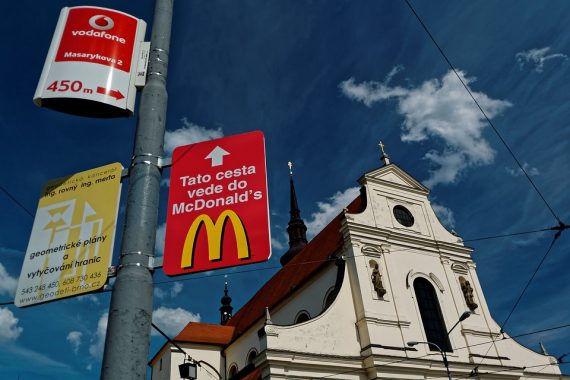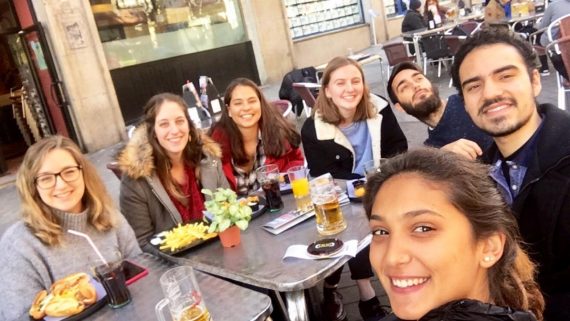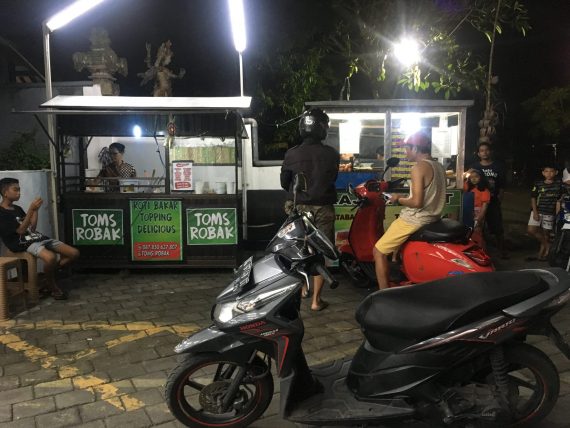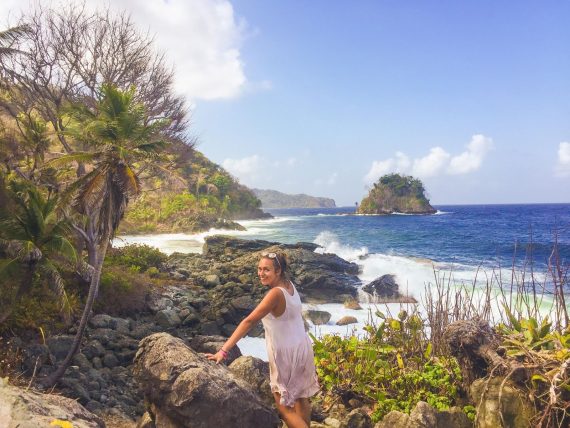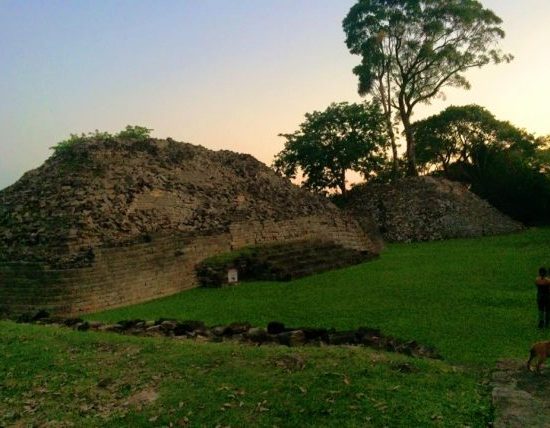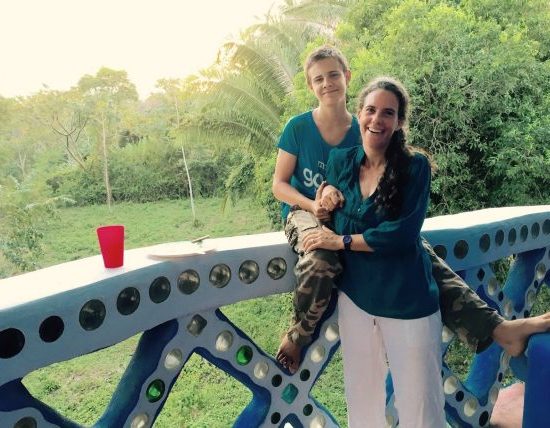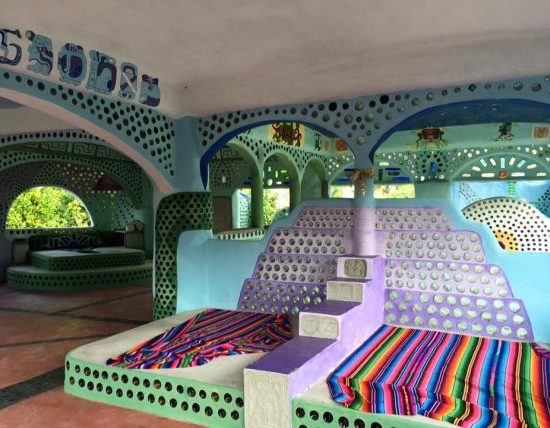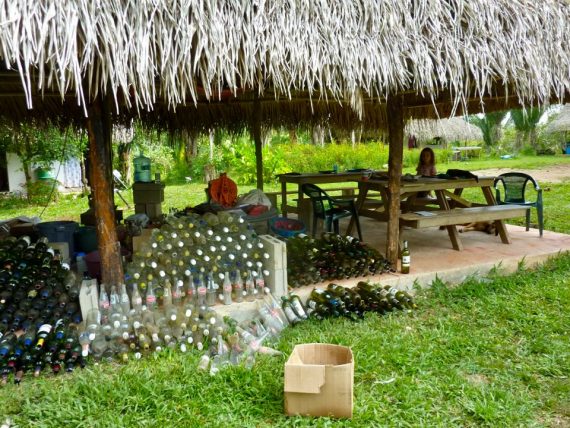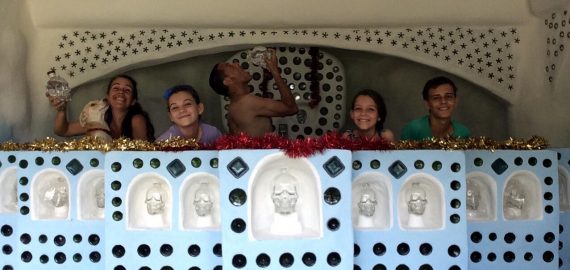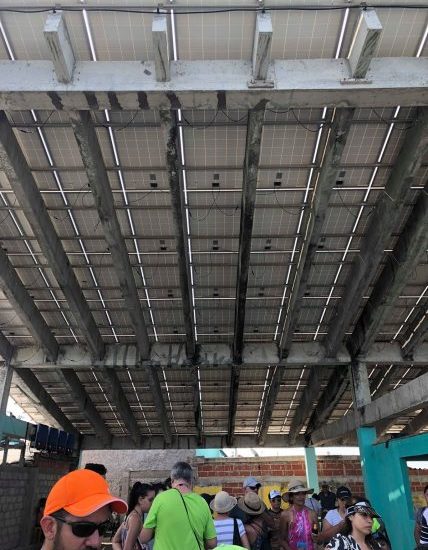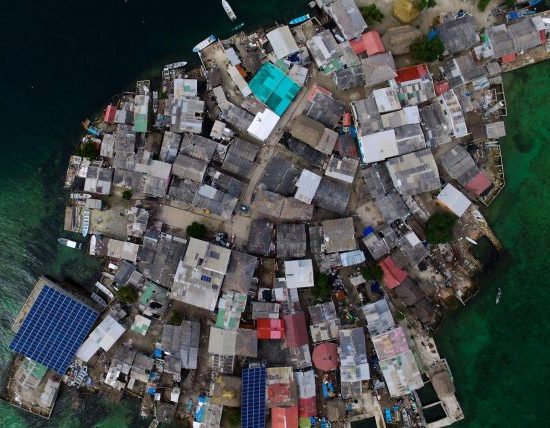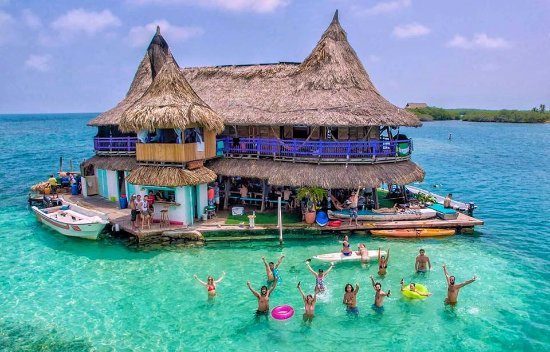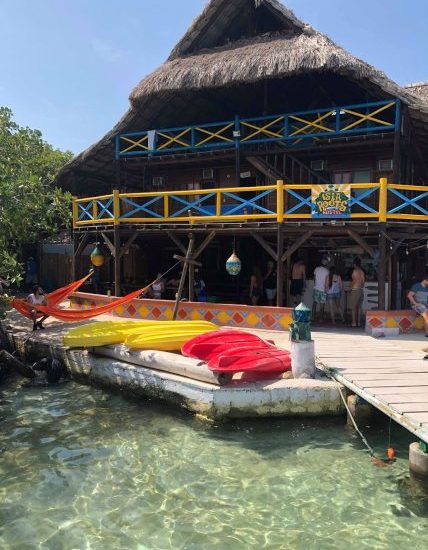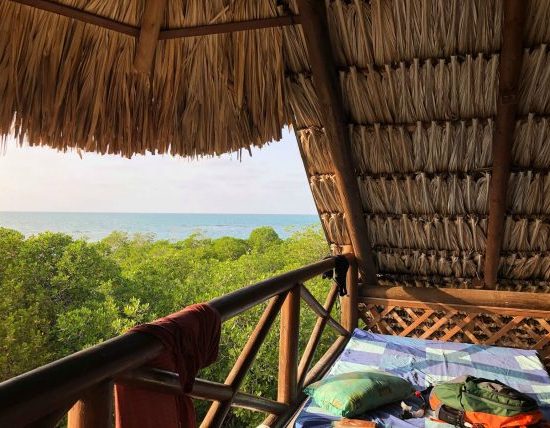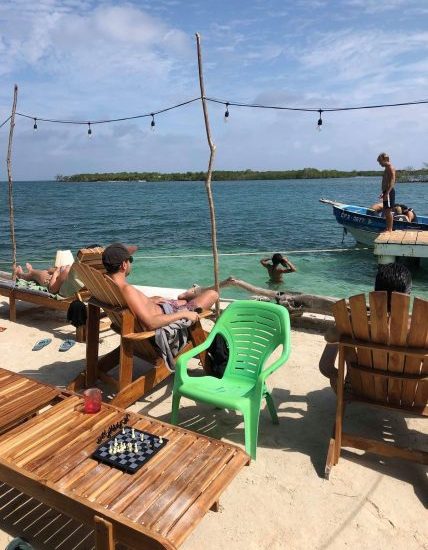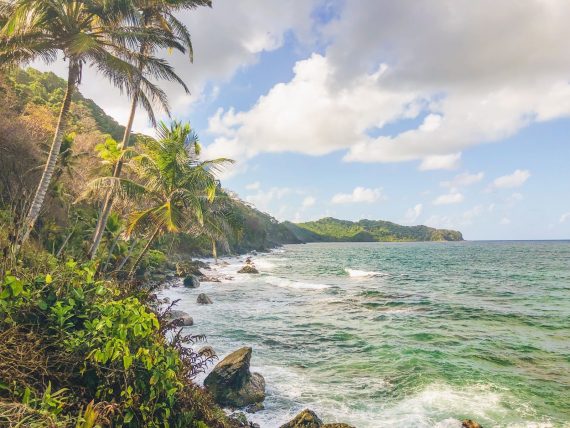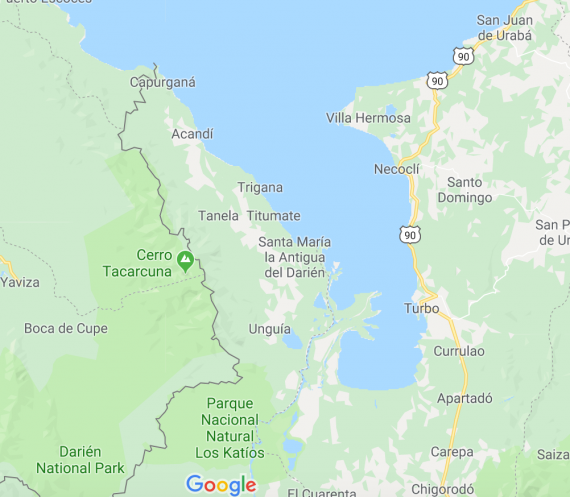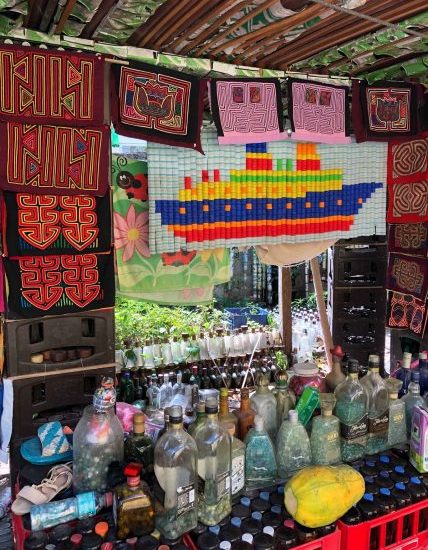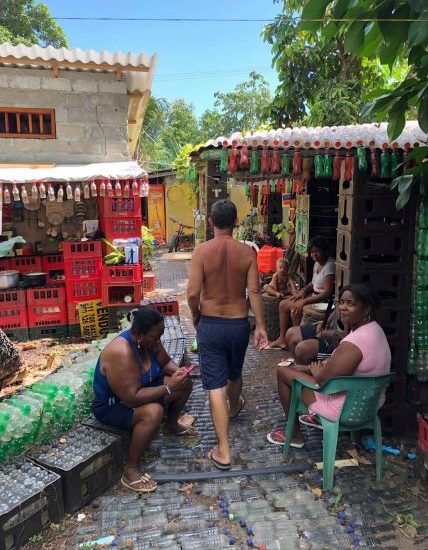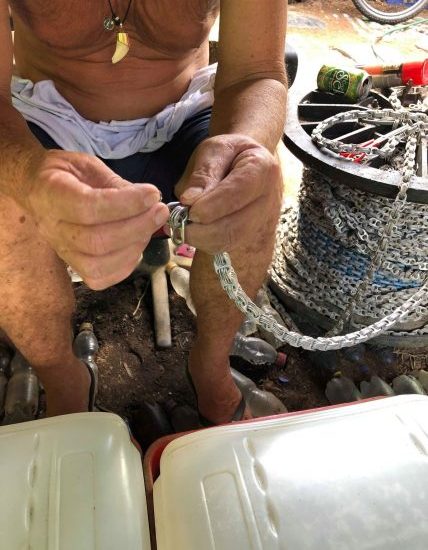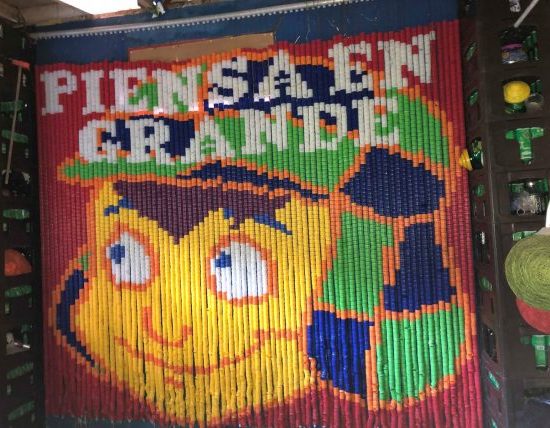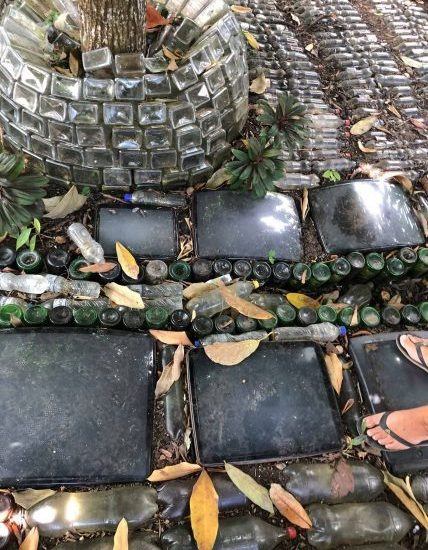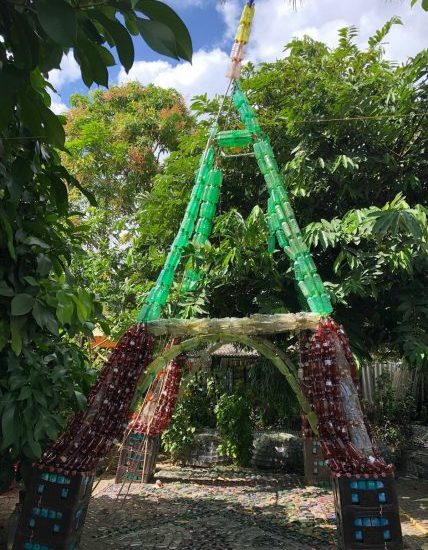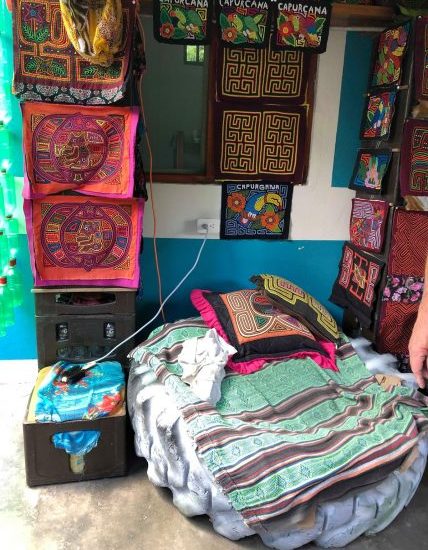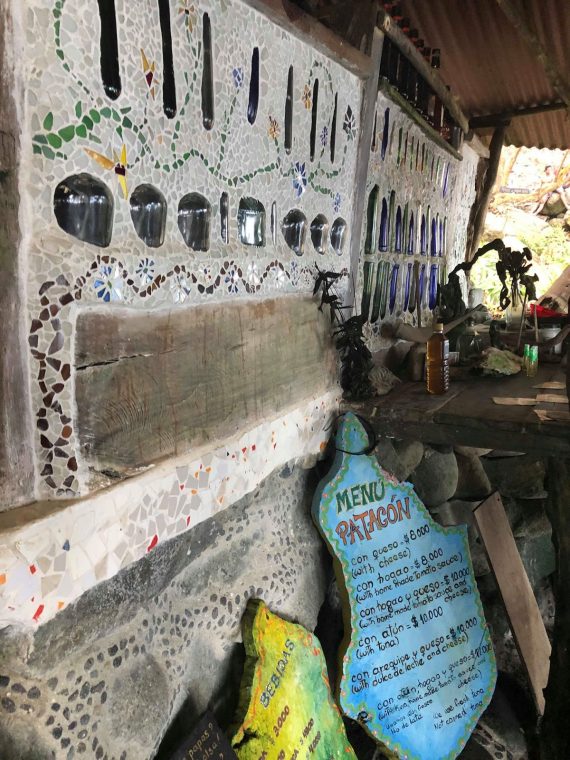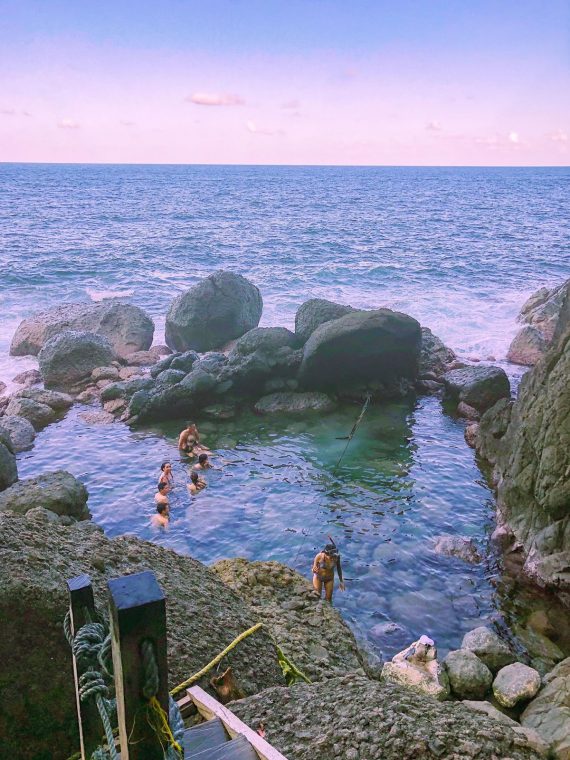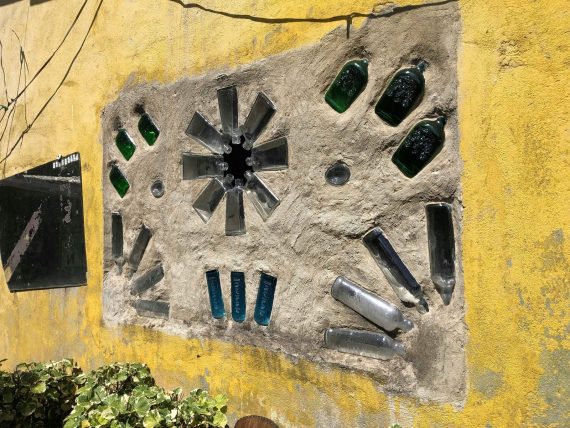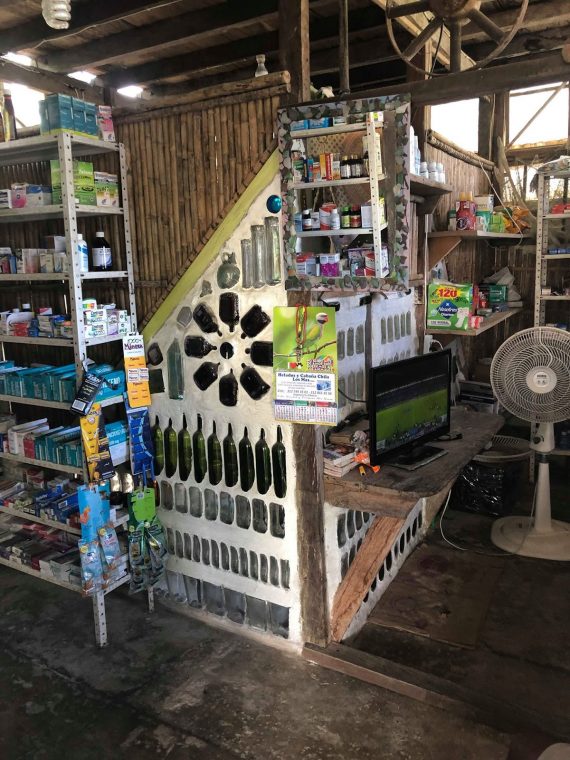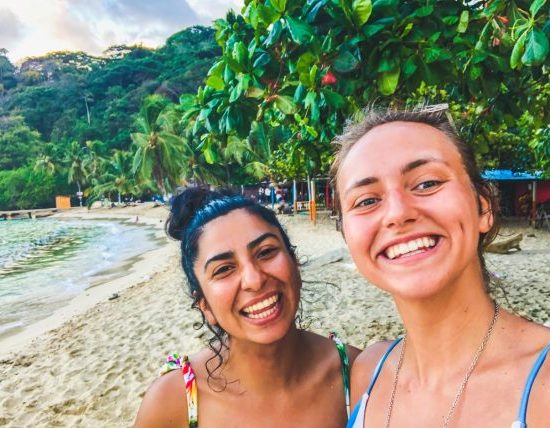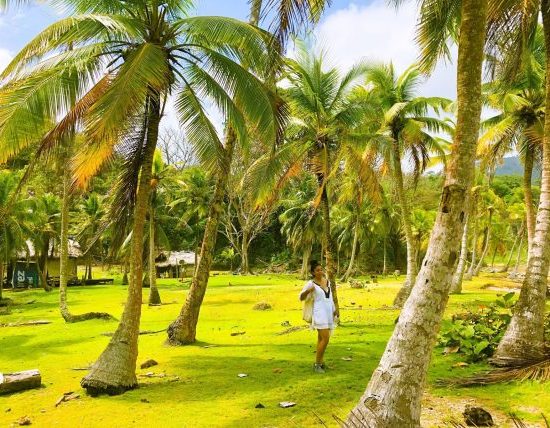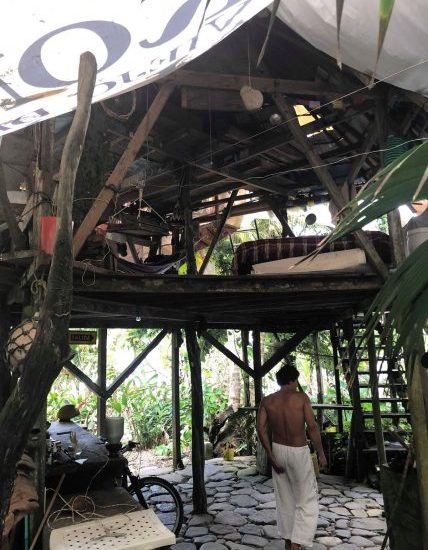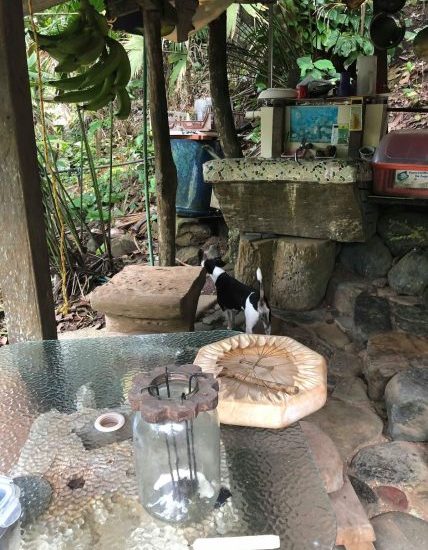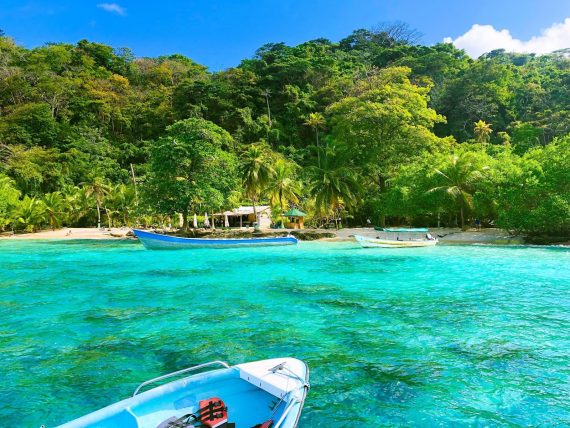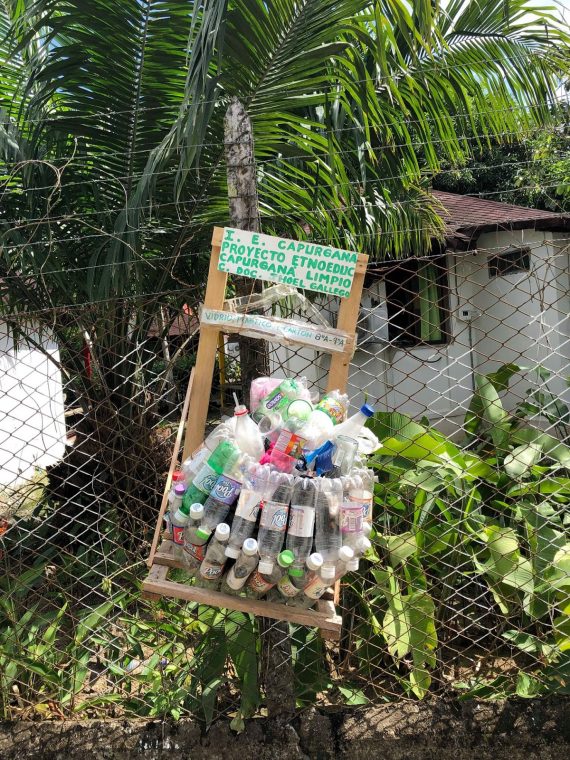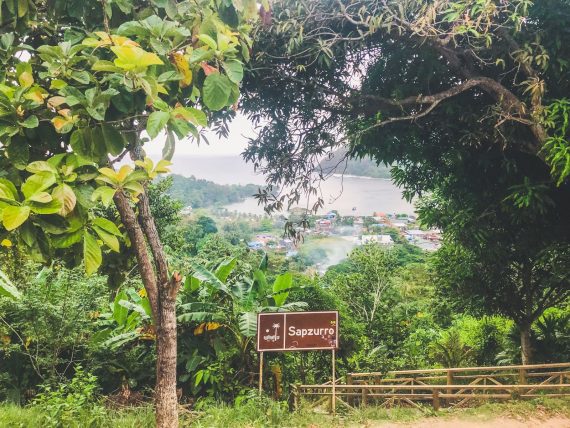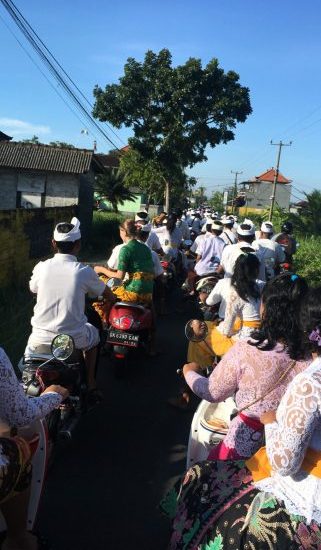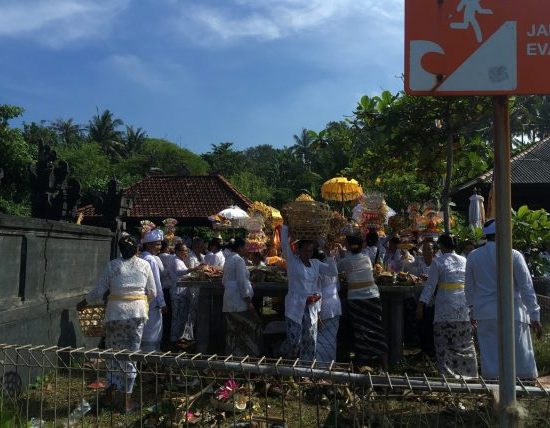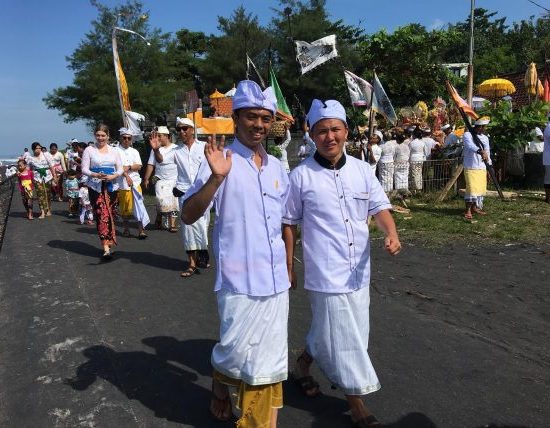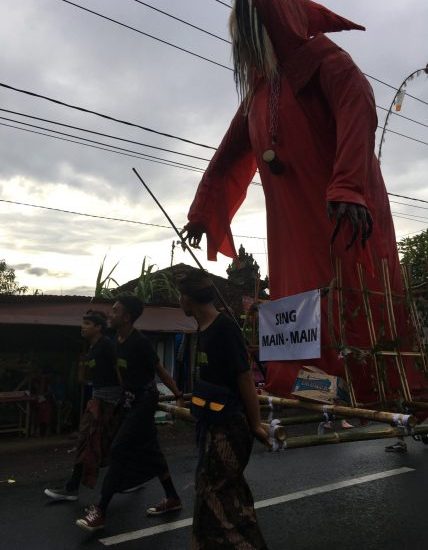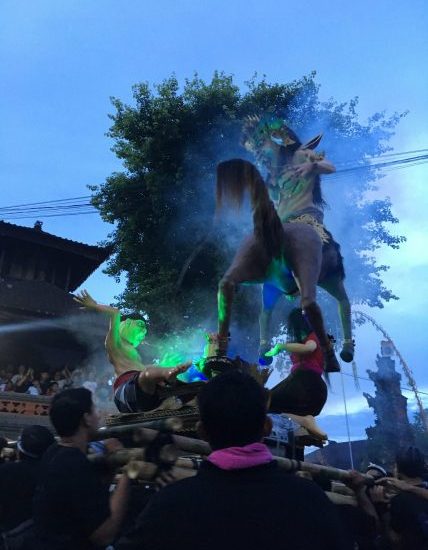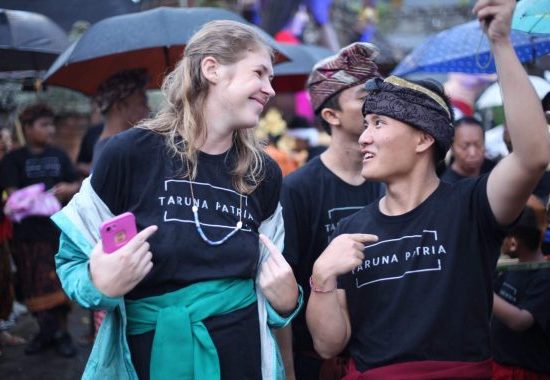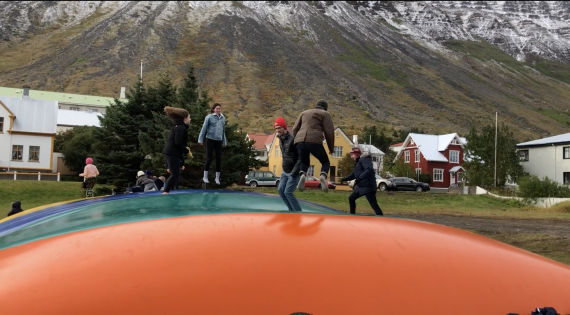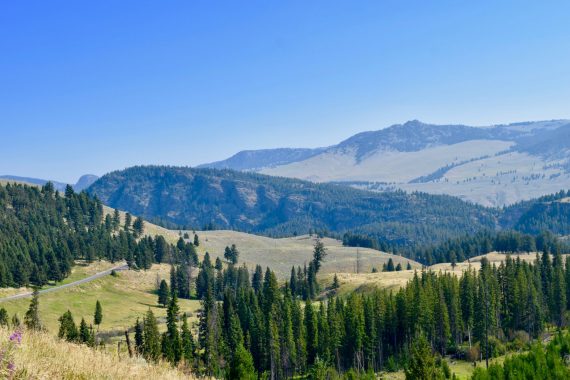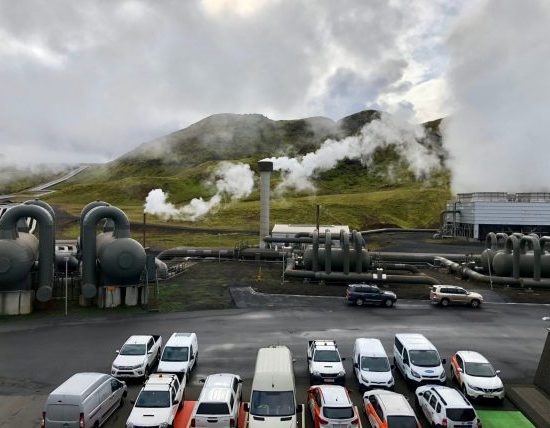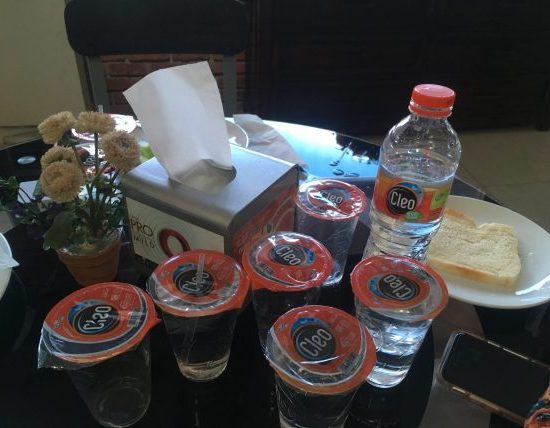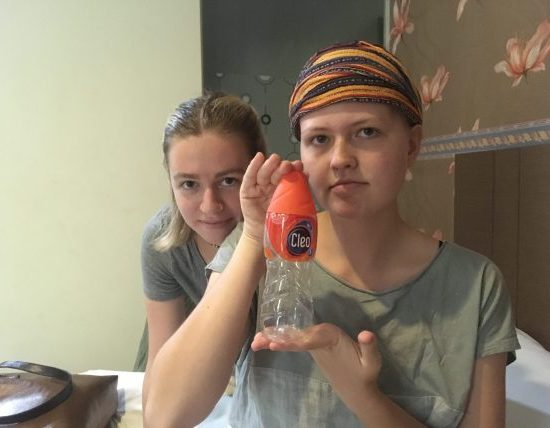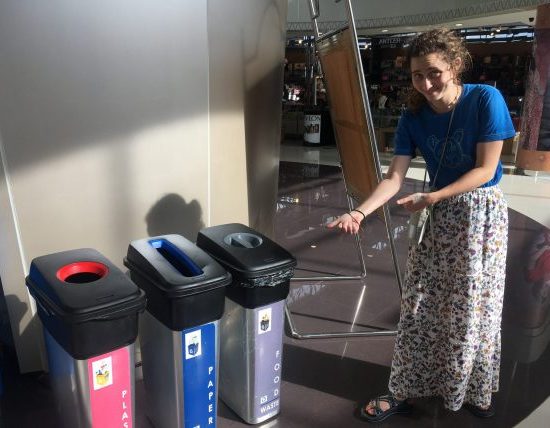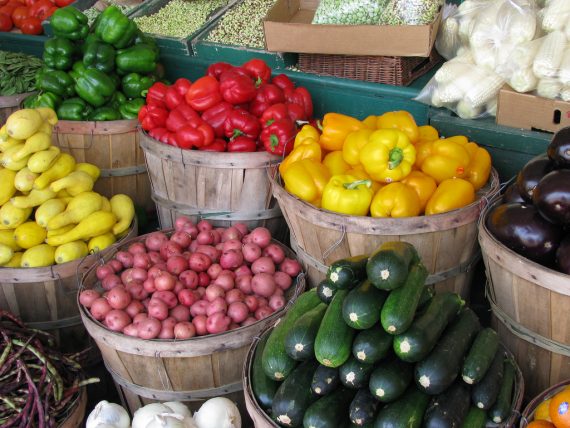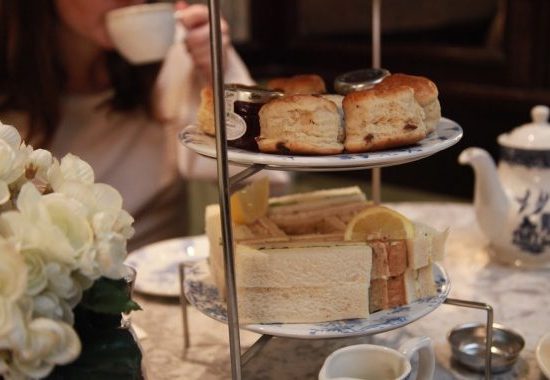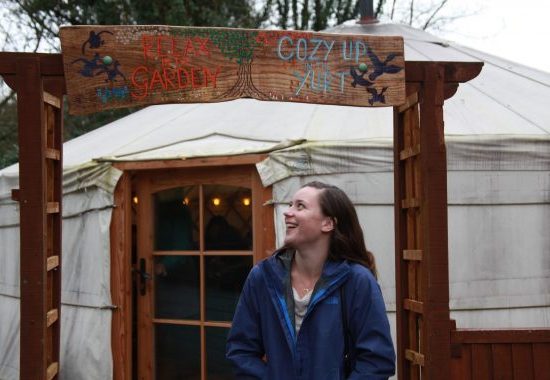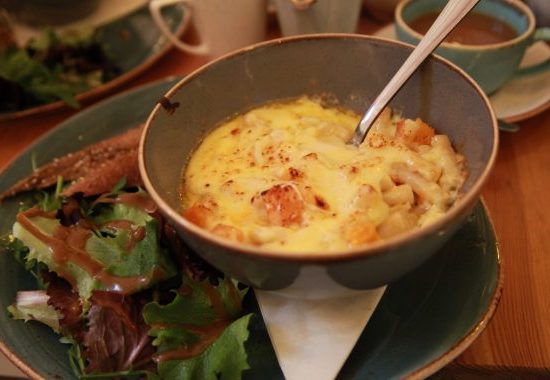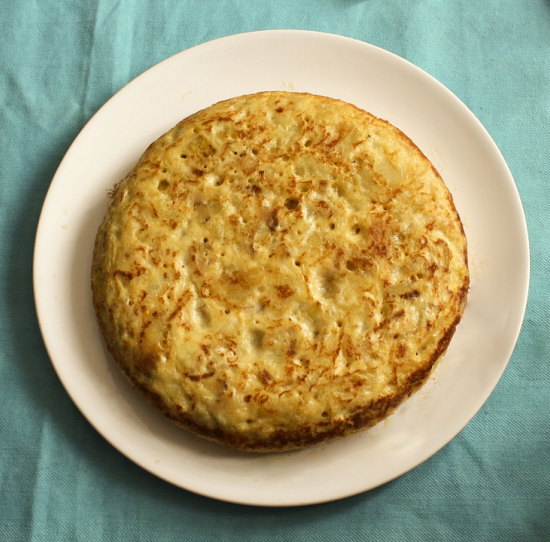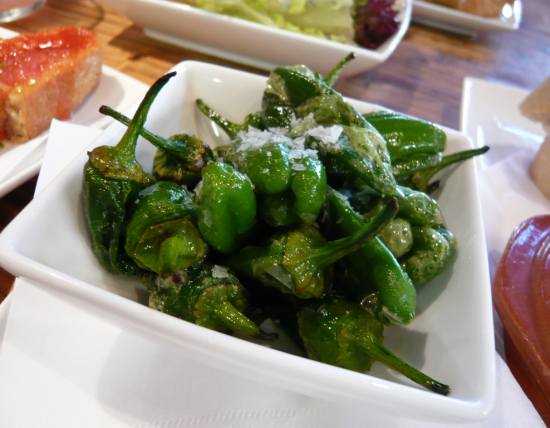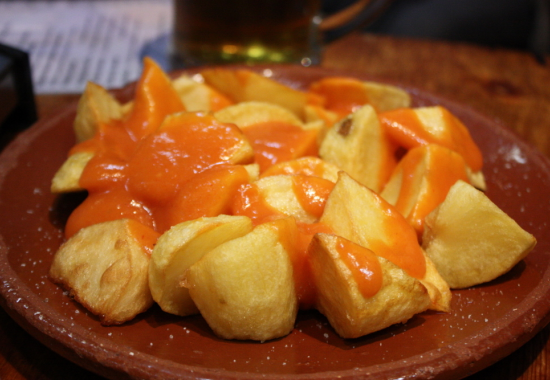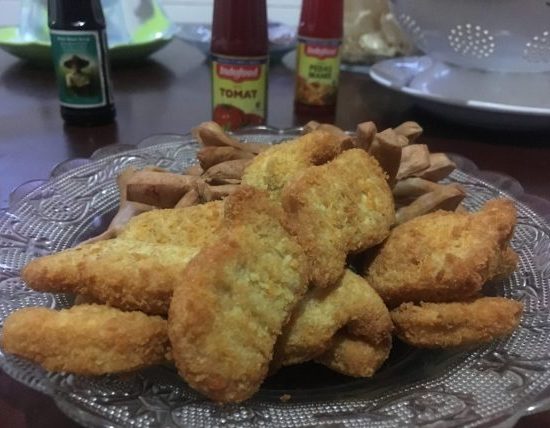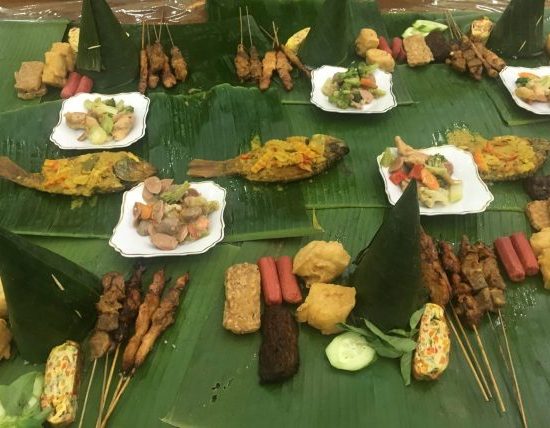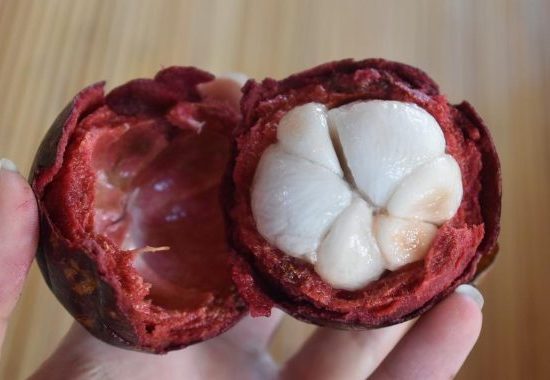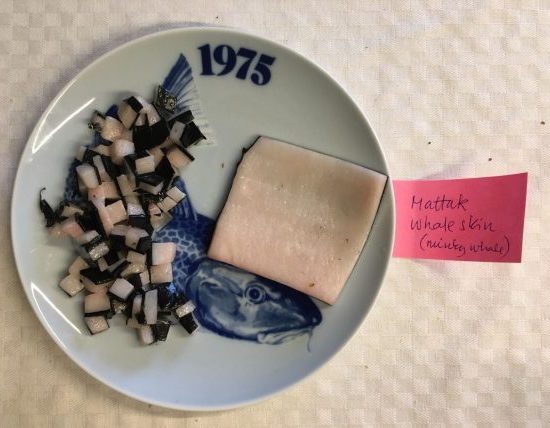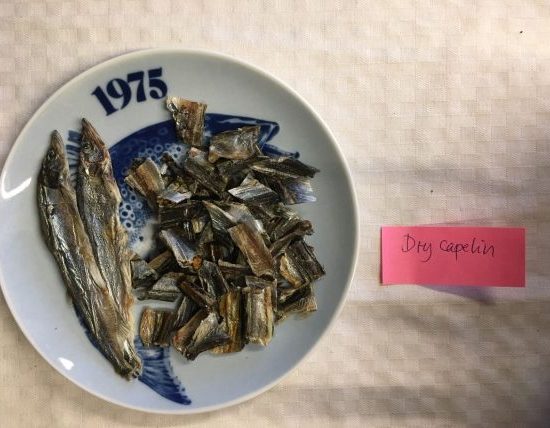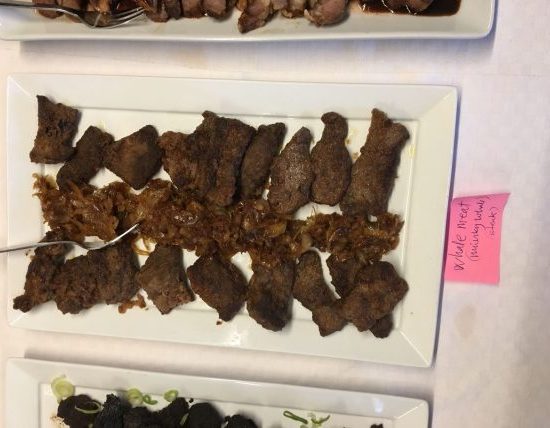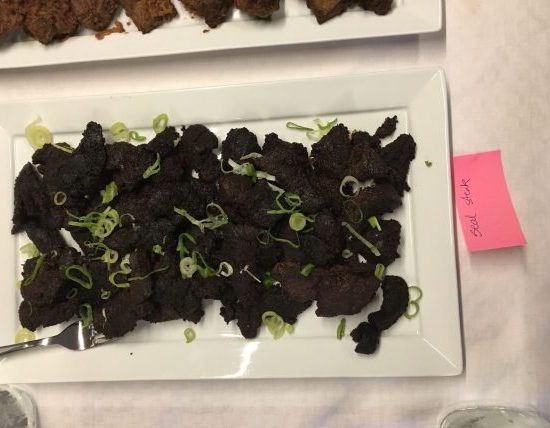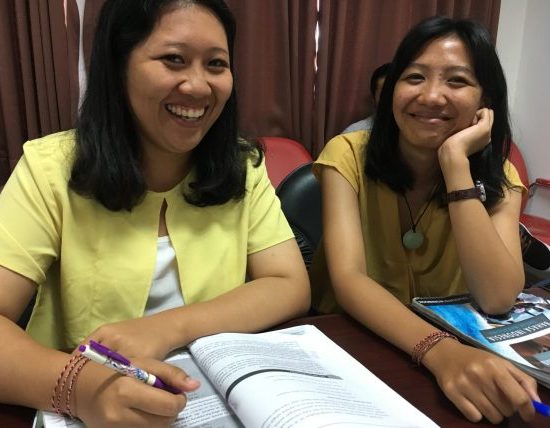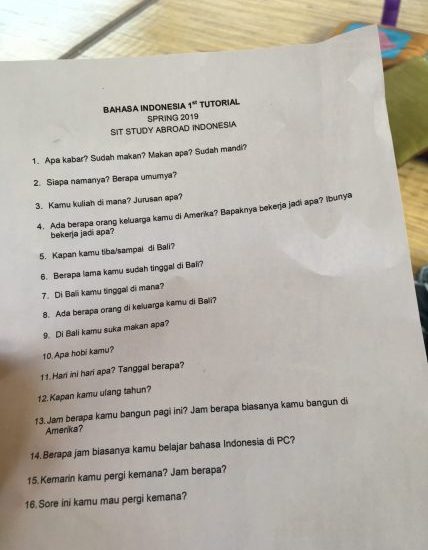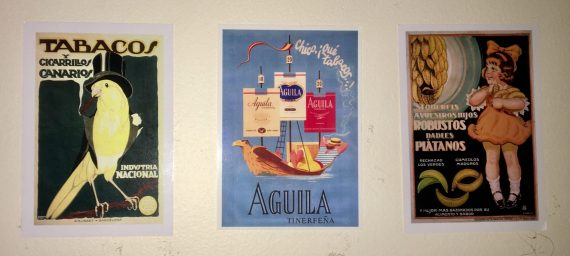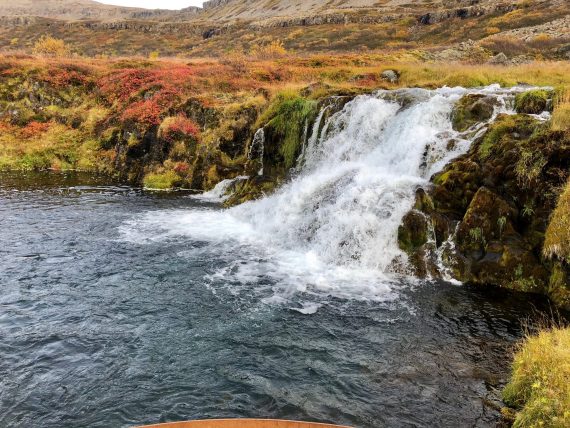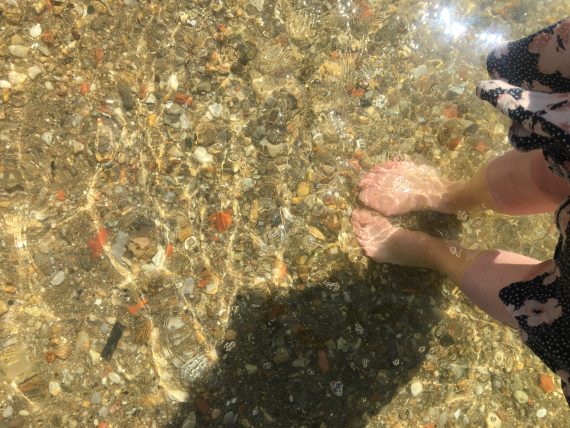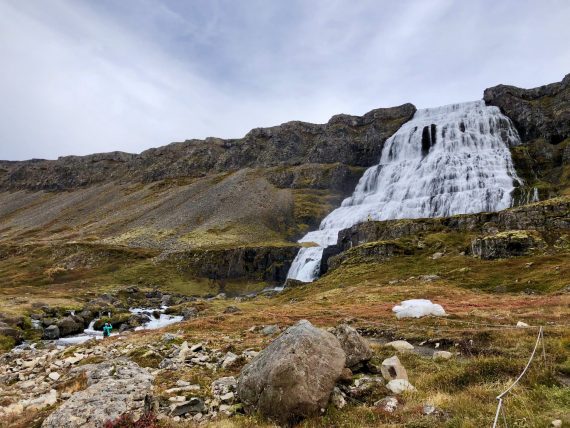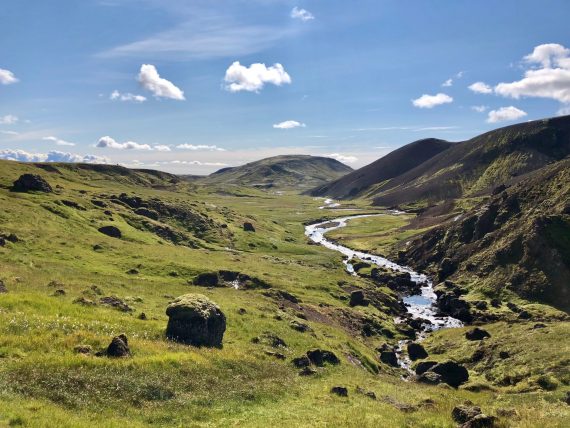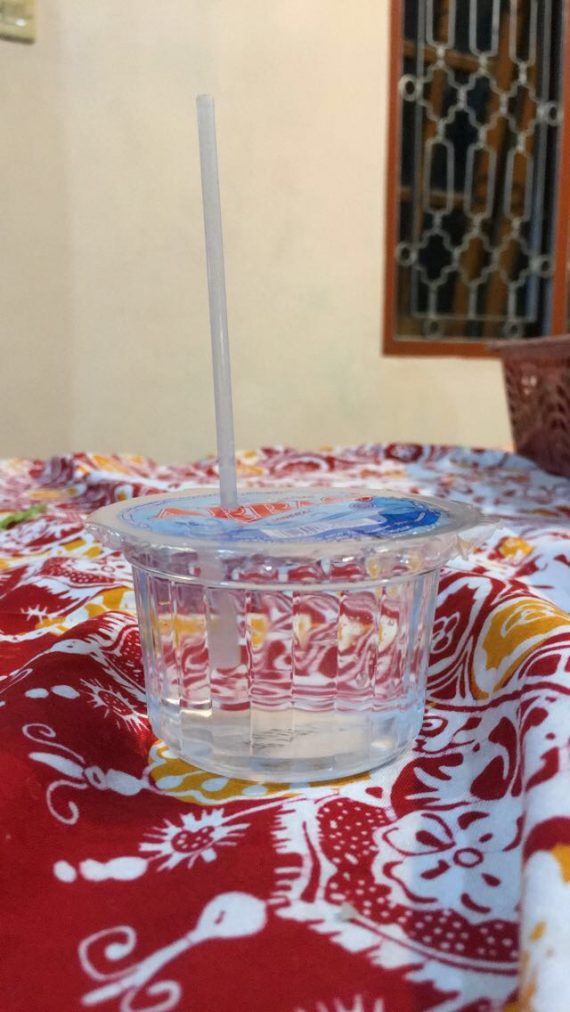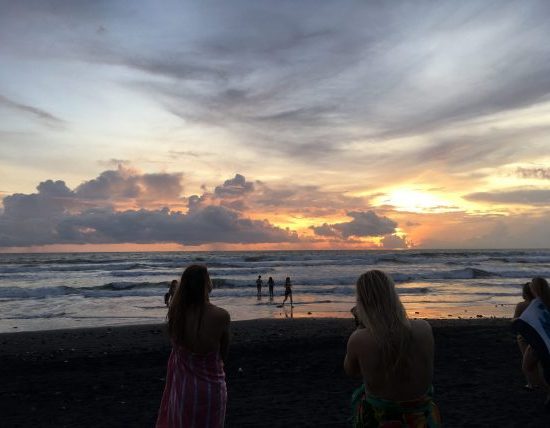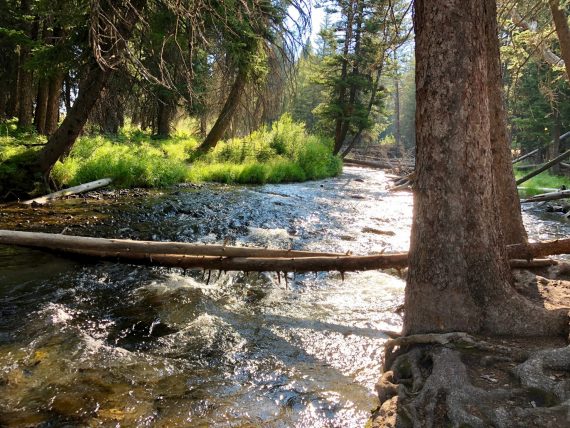
Week 10- Favorite Memory
It’s been ten weeks and we have reached the end of TBS Abroad for 2019. Your task this week is simple: tell us about one of your favorite memories. It may be a place that you’ll miss most, an activity that was impactful, or a photo that evokes strong emotion. Regardless, tell us what you think is something that will stick with you once you return to Colgate.
To those that have read our stories and journey with us, thank you! We hope you enjoyed!
Renee Congdon
This is a very tough question for me… I feel like I had so many memorable moments in Madrid, and to pick just one is a difficult task. But let’s see. I think I’ll use a photo to talk about this. The photo below was taken on December 8th, when I had less than week left to spend in Madrid with my friends before we all went back to our various homes (California, Colombia, Perú, etc). This photo evokes not just one favorite memory, but a whole slew of favorite memories. We’re all crowded into the mirror at my friends Santiago and Andres’ apartment, where we often went to hang out and generally have a good time. This was one of the last times we were all together, and we each brought some food, put on some good tunes, and chatted and danced. This is also a favorite memory for a sort of counterintuitive reason: this is the night that my phone got stolen. This might seem like it should be a bad memory, but the events of the night turned out pretty great in the end. We were walking along one of the main streets in Sol at around 3am, and all of a sudden I felt something brush my pocket, where I had my phone. I checked, and my phone was missing. I saw two guys walking past our group quickly, glancing behind almost nervously before turning a corner. Almost in shock, I leaned over to my friend Íñigo and said “I think those guys took my phone”. Íñigo immediately grabbed Santiago and Andrés and without even a second of doubting or questioning me they took off in a dead sprint. One by one, each of my friends took off after them as they realized what had happened. I was the last to follow, still pretty shocked that I had gotten robbed on my very last week in Madrid. When I caught up with them, all of them had cornered one of the guys against a wall, forming a circle around him and demanding he return my phone. The guy tried to pretend he didn’t have it, pretending to not speak Spanish and then saying “I didn’t take it, you have the wrong guy”. At this point, Íñigo looked at me and asked “Is this the guy?” I said yes, and he said “If my friend says it’s you, it’s you. Now give it back”. He didn’t doubt me for even a second, and after about 10 minutes of circling this guy while he tried to dart away, he finally gave up and called a friend of his (the second guy I had seen). The friend immediately came around the corner, speed walked past us, and without even making eye contact, shoved my phone into my hand. The two of them took off running. We collapsed into laughter and sighs of relief and incredulous scoffs- had this really just happened?? At this point we all went back to Santiago’s apartment and stayed up until past 5am discussing and rehashing the dramatic event of the evening, all of us too hopped up on adrenaline to sleep. Eventually, around 5:30am, we all drifted off to sleep, some of us on the floor, others on the couch, others sharing beds. It was an incredibly eventful night, and while it could’ve been my worst memory of the semester, it actually turned into one of the best: my friends basically turned into the Avengers to come to my rescue when I needed it, and I felt incredibly lucky to have met such wonderful people while abroad.
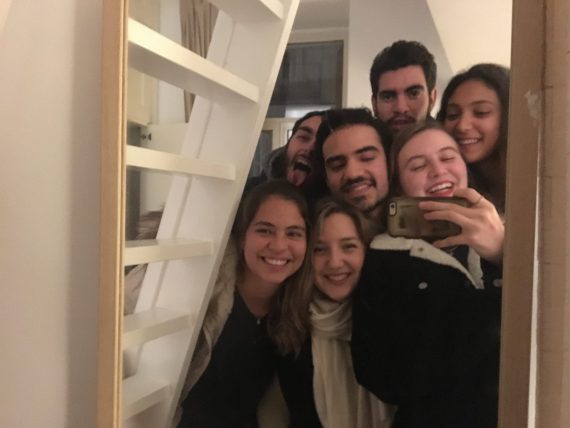
Sierra DeAngelo
One of my favorite memories from my time abroad has been the weekend trip to England’s Lake District when I proudly completed a via ferrata course. My study abroad program, IFSA-Butler, organized the weekend, so my study abroad friends were also on the trip (although they all signed up for slightly less intimidating activities like canoeing and hiking). The via ferrata course essentially consisted of scaling the side of a mountain by navigating metal rails and rungs embedded into the mountain. We were secured in harnesses but we had to carefully detach and reattach them every few seconds to continue moving, and some sections of the course required that you lean back while doing so. It was scary yet exhilarating, and the views were breathtaking. The whole experience reminded me why I like to do things that scare or challenge me– because when you complete them you feel so powerful! When we reached the mountaintop, the wind was so strong that I swear I almost flew away in the 90’s/parachute-esque ensemble I had on. Fortunately, the rainstorm held out until we made it back to the hotel, and while my friends braved their afternoon activities in the rain, I opted to rest and enjoy some hot chocolate. I think I earned it.
Trey Spadone
There is no way I can pick just one favorite memory so in Colgate fashion I will list my thirteen favorite memories of my semester abroad thus far. (Thankfully, I still have three weeks left…)
In no particular order…
The demographics of my program are as follows: 18 female students and 1 male student. Therefore, anytime we travel somewhere as a group our academic director introduces us by saying, “we have 18 female students and 1 handsome man.”
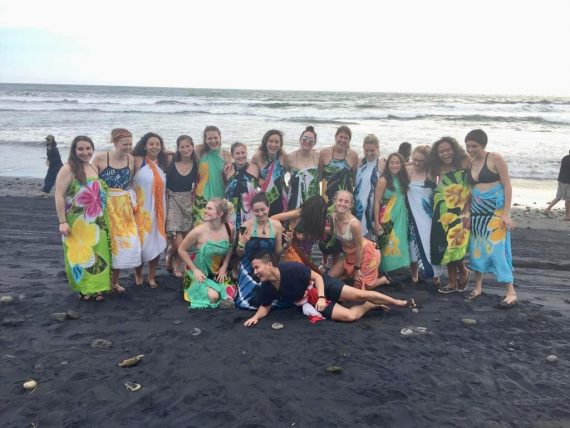
We spent 5 days in Munduk Pakel, a village in Tabanan. During our time there, we worked, for maybe twenty-five minutes in the sawah (rice fields). After hardly working, we had mud races, wrestling matches, and overall got super messy! It was so silly and quite fun.
One Sunday morning, we got up at 3:30 AM so we could hike Mt. Batur and watch the sunrise. It was pitch black dark as we climbed up, but we made excellent time and the view from the top was spectacular.
Motor bikes are the most popular form of transportation here and I adore riding on the back of them. One of my favorite rides was with an employee from a surf school in Uluwatu. We did not have enough cash to pay our instructors and so this nice guy offered to drive me to a nearby ATM. The ride was so scenic, and the sun was setting as we zipped down the roads.
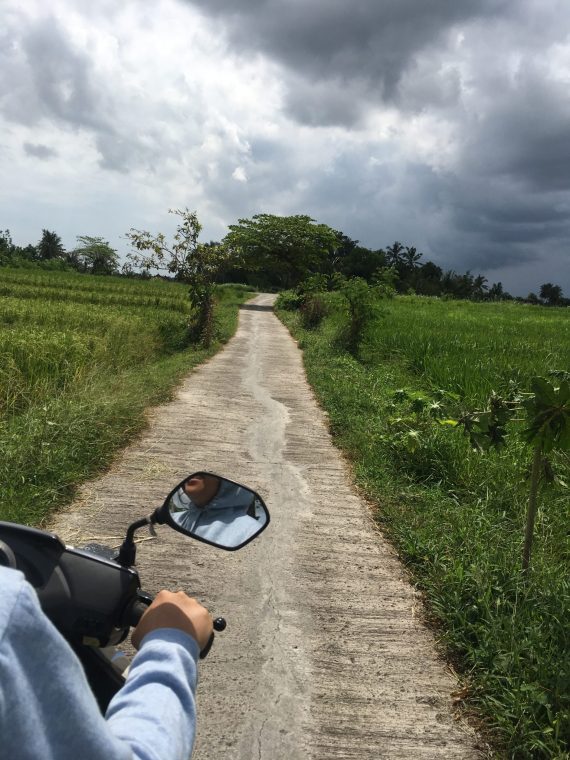
We spent a day at an all-female pesantren (Islamic boarding school) and four of us were assigned to give presentations about our majors. We expected it to be really low-key and I almost did not even make a PowerPoint because I thought it would be more of a discussion than a presentation. However, the reality could not have been further from the truth. We arrived at a massive auditorium where at least a few hundred students were gathered to hear me and three of my peers speak. We were also introduced as “experts” and “specialists” in our fields which was golden.
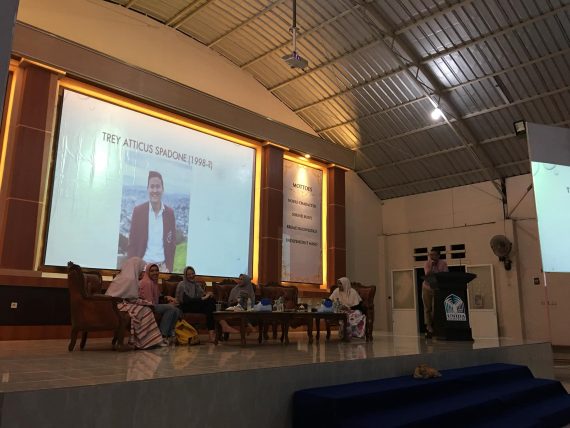
I have stayed with four different host families during the semester and am eternally grateful for their hospitality, kindness, and overall generosity.
We stayed in Trowulan, East Java for a few days at the end of our three-week Java excursion. We had dinner at our academic director’s friend’s house which was followed by a big birthday celebration for one of the teachers. This took the form of a dance party/battle in the street. Even now I am not really sure what was going on, but there was music, dancing, and a man repeatedly yelling “sukses/success” through a microphone. All in all it was a splendid experience.
During our second week, we visited Tanah Lot, a rock formation and home of an ancient Hindu temple. We headed over in full pakaian adat and since it was low-tide we were able to pray in the temple itself.
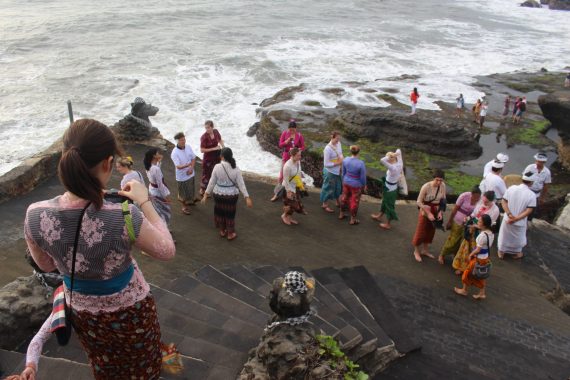
Spending a morning with Molly, a dashing Asian elephant from the Bali Zoo.
When we were in Lovina some of us got up early, went on a boat tour, and saw dolphins! It was a stellar way to kick off the day.
I recruited four of my friends to come with me on a jeep tour around Mt. Merapi. No waiver forms were signed, and tons of fun was had.
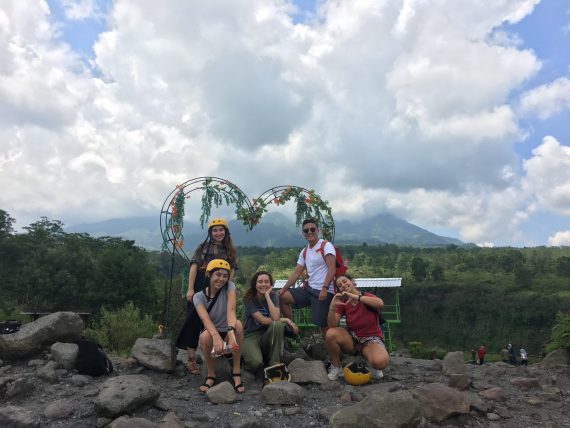
We had three chaotic and comedic Javanese dance rehearsals and then held a performance in full costume for our host families in Godean.
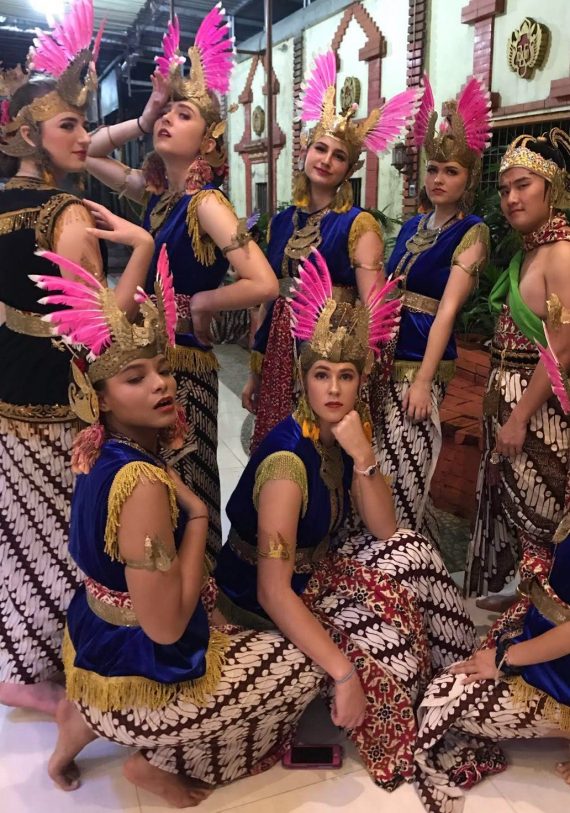
Spending time and becoming friends with my eighteen peers has been the absolute best. I am in awe of them on a daily basis and they have truly taught me so much. I love them all with my whole heart and could not have asked for a more hilarious, endlessly chaotic, and remarkably brilliant group to spend three and a half months with.
To sum it up, I have woken up every morning happy and grateful to be in Indonesia and never once wished time would go by faster. Each day has given me a new reason to smile and laugh and I will cherish the memories made this semester for the rest of my life.
Emily Weaver
My time in Iceland and Greenland was one of the best experiences of my life. Deciding what my favorite memory is was incredibly difficult, how often do you get to take boat trip out to gigantic icebergs or hike to glacier? All of memories from my study abroad semester I’ll hold close to my heart, but the one I want to tell you about today has more to do with the people.
Mid-way through our time in Greenland we were staying in these cabins that looked into the fjord. It was stunning, you could see the mountains all around you and the characteristically colorful houses lined up across the water. We were cleaning up from dinner when one of my friends looked out the window, called us over, and suggested we go outside to watch the sun set. We grabbed our sweatshirts and climbed onto the rocks just outside our cabin. By the time we had made it outside the other cabin of our peers had caught on the sunset as well and were slowly trickling out to join us. I could tell you that the sunset we saw that night was the most stunning one I had ever seen, and it was, that’s true, but that’s not why it stick in my mind. Sitting there, the cold seeping into our clothes, I looked at all these people I had met and I remember feeling incredible lucky that I was there in that moment. Some of our group was joking around and others were climbing down the rocks to get closer to the water. It was peaceful and quiet.
My time in Iceland and Greenland was often intense. We were grappling with climate change and how it is occurring at an increasing rate. Everyone on the program worked to keep each other grounded as it can get daunting to think about everything we need to do to protect the planet. I’m so incredibly grateful to the people that I’ve met along the way and that night, watching the sunset in Nuuk, that feeling of peace and awe of nature, will stick with me forever.


